Improving the patient experience improves lives, protects your business, and even makes employees happier. Every day, healthcare organizations are under more pressure to focus on their patient experience. These include external pressures that affect licensing and credibility, clinical pressures that impact patient outcomes, and business pressures that relate to risk and profitability.
CAHPS survey scores are more visible and have become more important since the Affordable Care Act of 2010 tried to make electronic health data more accessible through technology. These reports are an incentive for medical providers to improve their facility scores, especially since compensation packages are more intertwined with these metrics than ever before. When you combine this with the effect patient experience has on malpractice risk, employee satisfaction, and patient loyalty, it’s clear why the market is pushing organizations toward better patient experiences.
Most important, it’s pretty clear that patient experiences have a measurable impact on patient outcomes. When patients have a positive experience, they are more likely to stick to their treatment plans. They also do a better job of managing their conditions, and they believe they’re getting better overall care from their providers.
Using patient feedback to holistically improve patient experiences
The first step to improving the patient experience is to help your team shift their mindsets about feedback. For patient feedback to make an impact, staff must see it as an ally, not a foe. This shift can be a challenge since surveys often include negative feedback about patient visits. How can you ensure your team views this data in the best light possible?
- Clearly communicate the advantages of patient surveys. CAHPS surveys are designed to help healthcare teams identify gaps, develop strategies for improving quality, and evaluate how changes will impact the care the patient receives. In essence, surveys empower your team with the knowledge to make meaningful change.
- Focus on the whole and not the individual. Providers are more likely to resist patient surveys when they feel respondents are personally criticizing them. Take the focus off of the individual provider and instead look at healthcare service as a whole. This zoomed-out view will provide a fuller picture of what might have gone wrong, since you’ll factor in other interactions that impacted the patient experience. For example, a patient may have given their visit poor scores not because of their interaction with a provider but because of a scheduling conflict, waiting room frustration, or lack of pre-visit communication.
- Use technology to make patient experiences seamless. When the intake process is painless and medical paperwork is easy to complete, a patient’s perception of visit quality naturally rises. By using digital tools like online forms, providers can make it easier for patients to fill out paperwork — and they’ll lighten the load on the medical staff. Hospital staff may also consider sending patients updates when their appointments are delayed or sending pre-visit and post-visit materials that give them valuable insights into their conditions.
- Make analog tools digital. Of course, to benefit from patient feedback, you need a useful way to gather and review the input. Make it easy for patients to fill out surveys and for your staff to collect and organize the data. Jotform’s HIPAA-friendly survey templates are a great way to quickly and efficiently get the patient survey data you need.
- Show empathy. Many patients feel that their providers lack empathy during visits. Ask questions to understand a patient’s situation, and when you don’t agree with their assessment, be clear about why you don’t. When a provider shows a patient that they’re listening, the patient is more likely to feel that their provider cares about them.
Leverage digital tools to engage your patients and employees
The methods for improving patient experiences we’ve discussed aren’t groundbreaking, but they do require providers to develop a healthy attitude toward patient feedback. Input that’s both positive and negative can give your healthcare organization insight into how it performs and provide clarity in your vision of the future.
However, with today’s overworked healthcare staff, it’s important to use tools that won’t add to their workload. Digital tools can improve the patient experience without requiring more from your team. That can go a long way toward your employees being more engaged — they’ll know that new initiatives are for the good of the team and not just the business.
Jotform provides HIPAA-friendly digital forms to help you collect better data on your patients. Our forms are easy to use, secure, and accessible anywhere. Try one of our templates today.






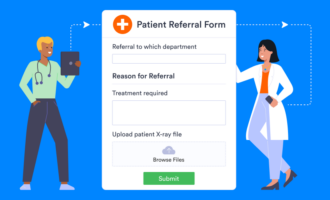











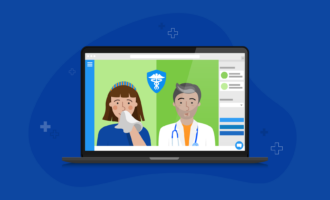


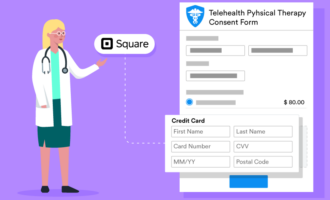



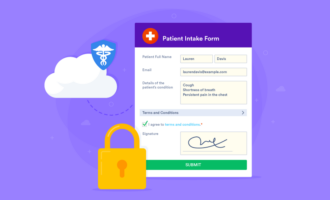


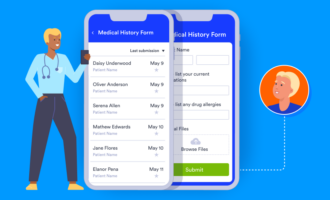










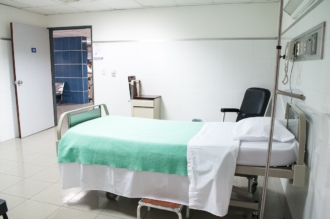






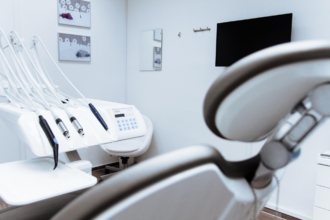

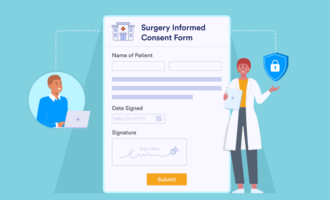





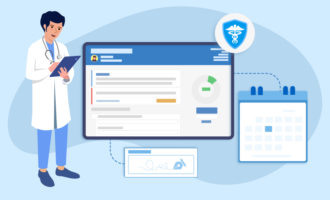

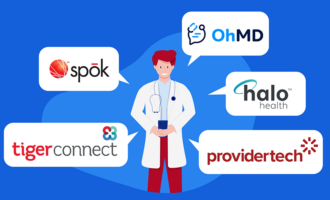




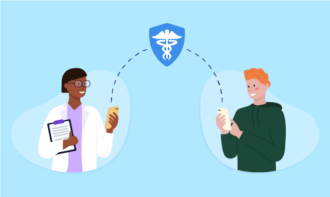





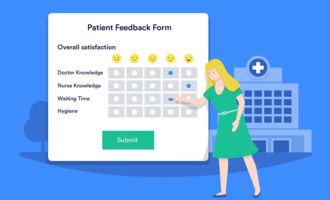
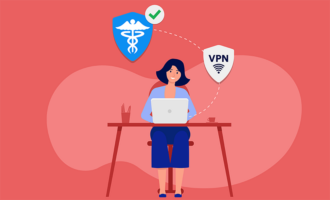





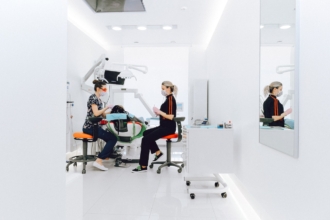






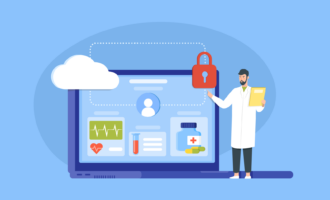


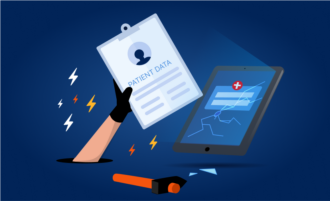










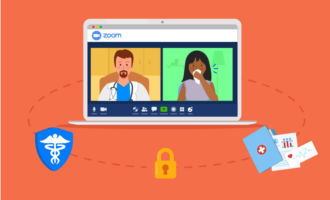









Send Comment: